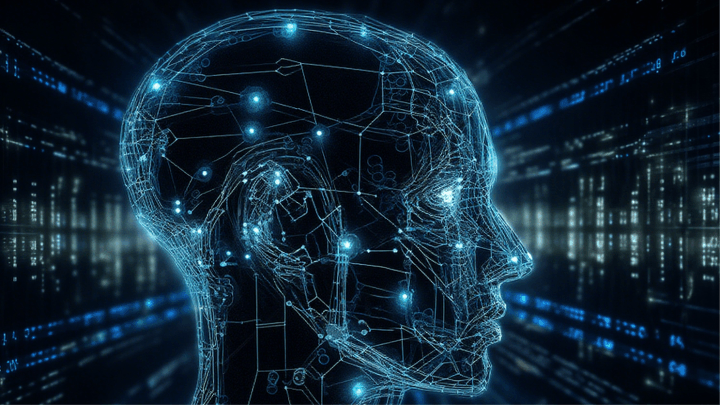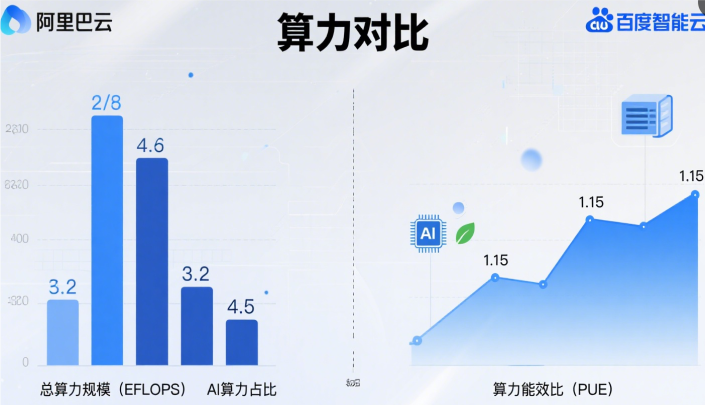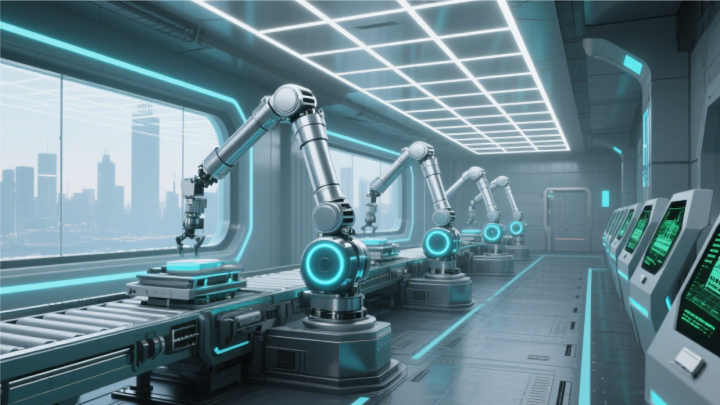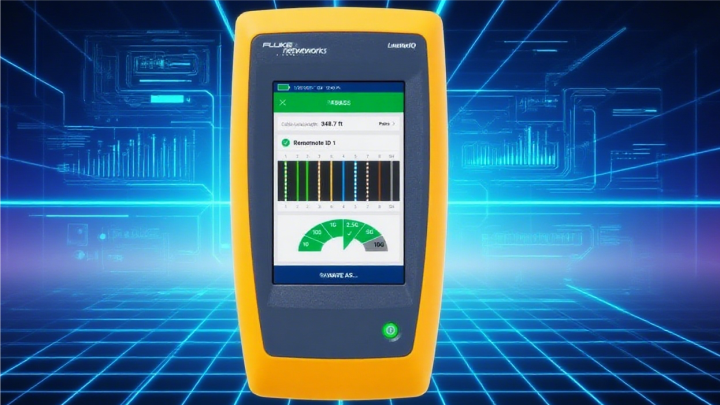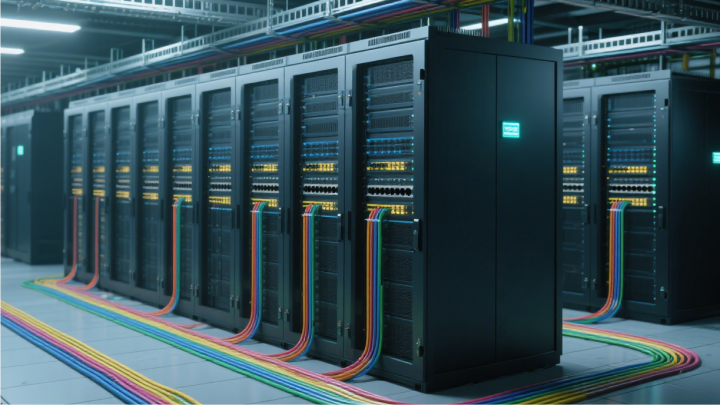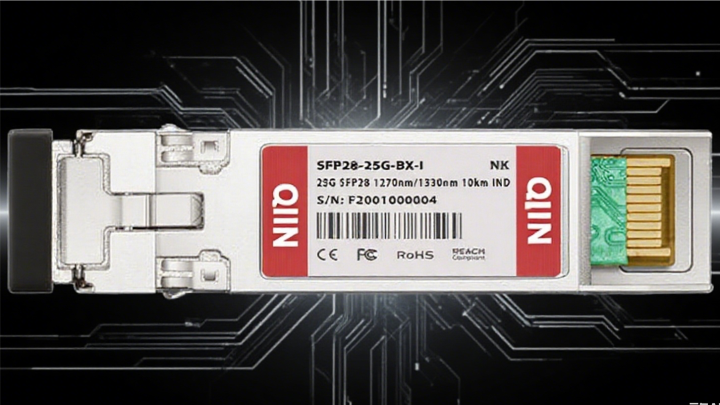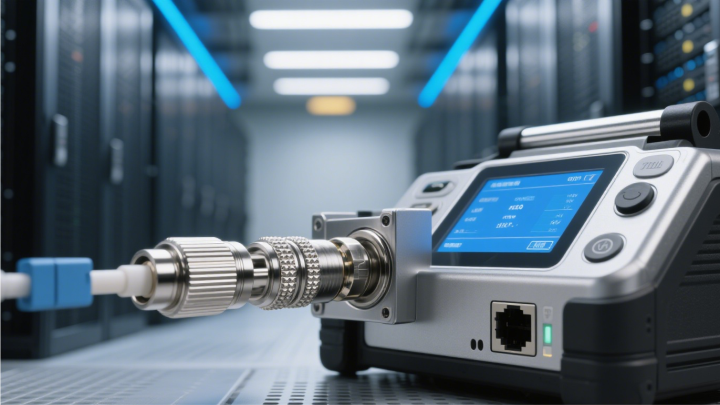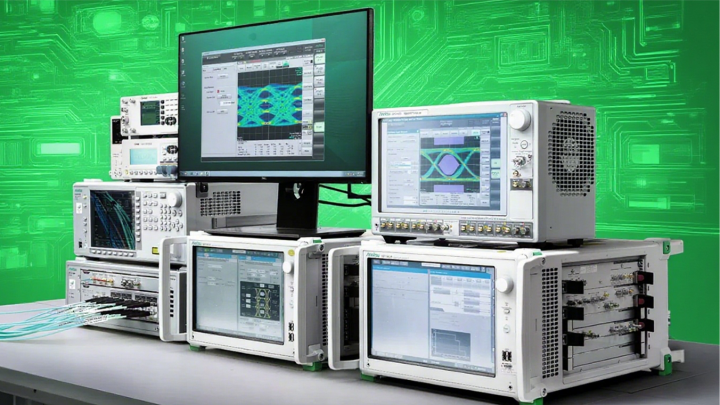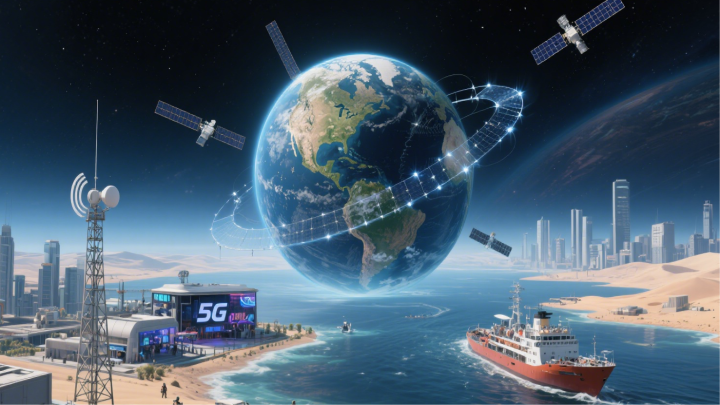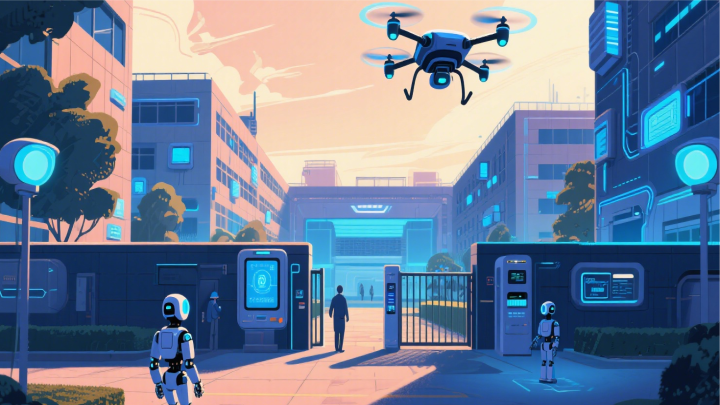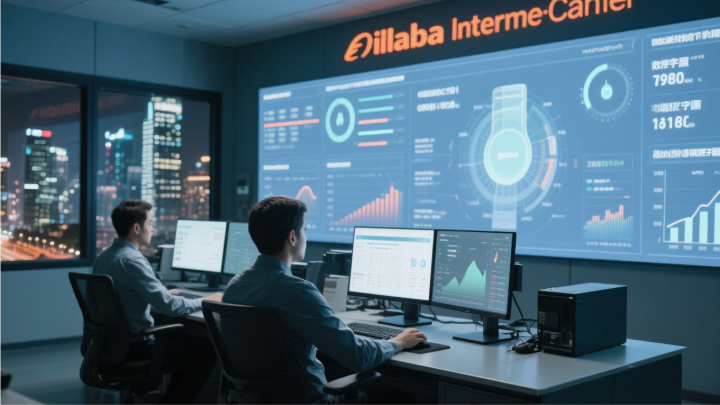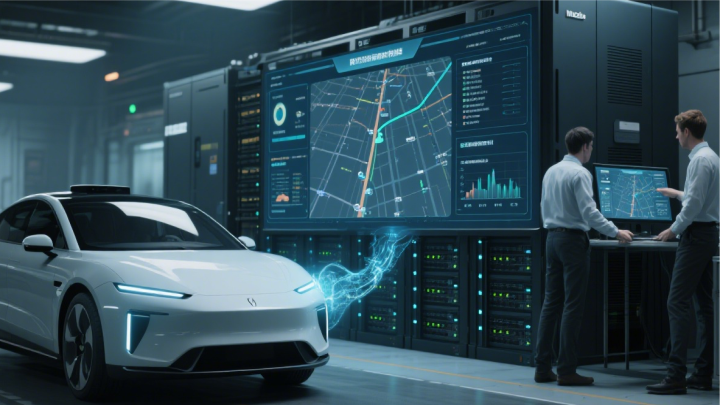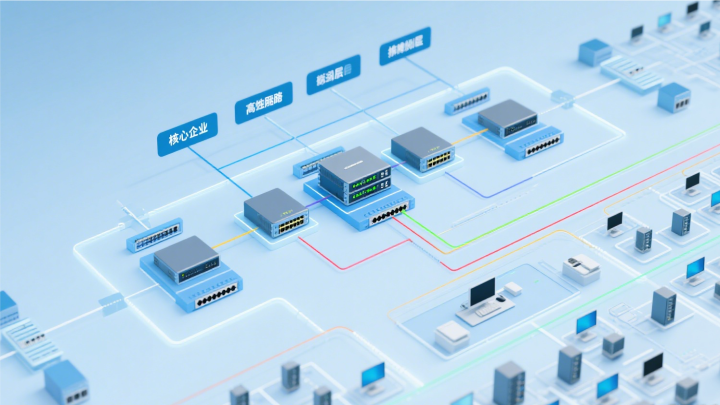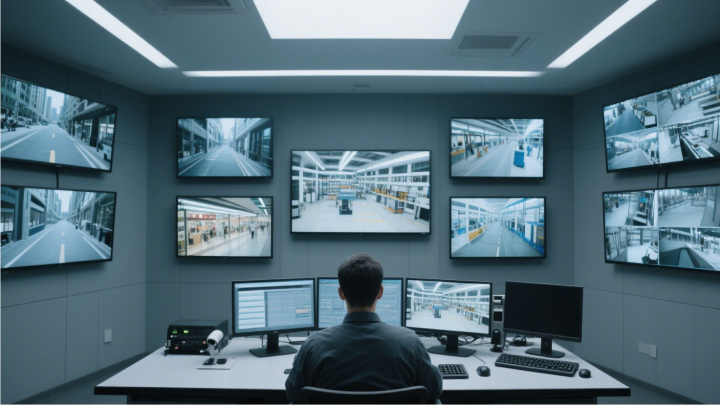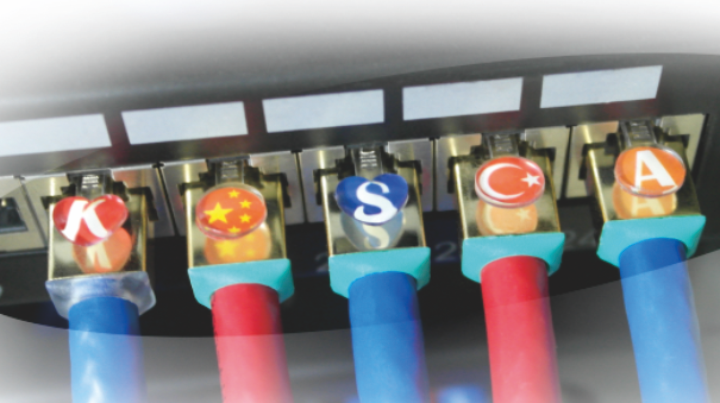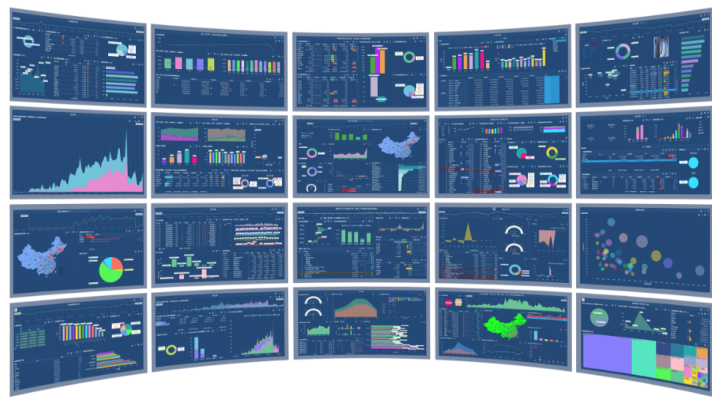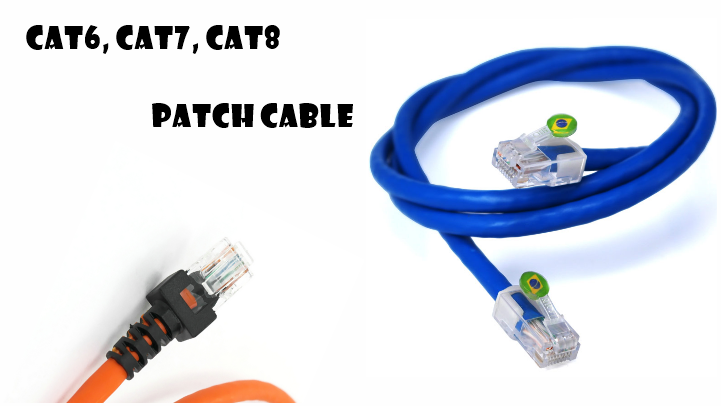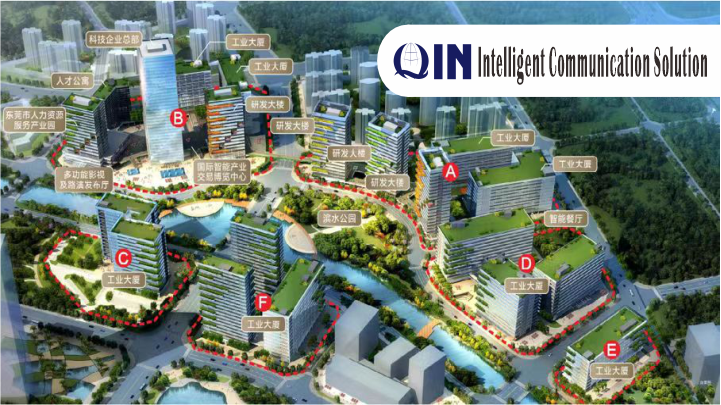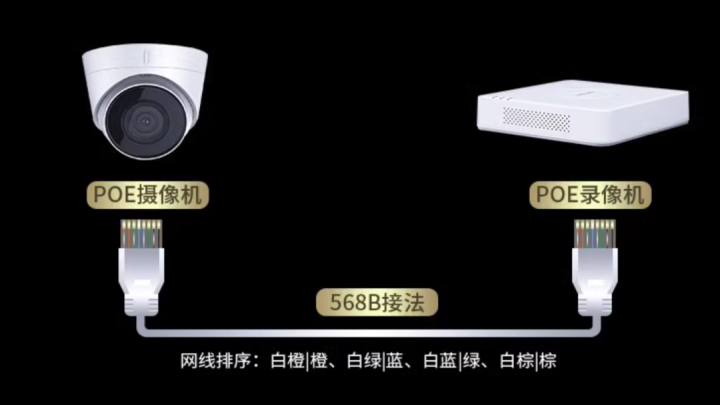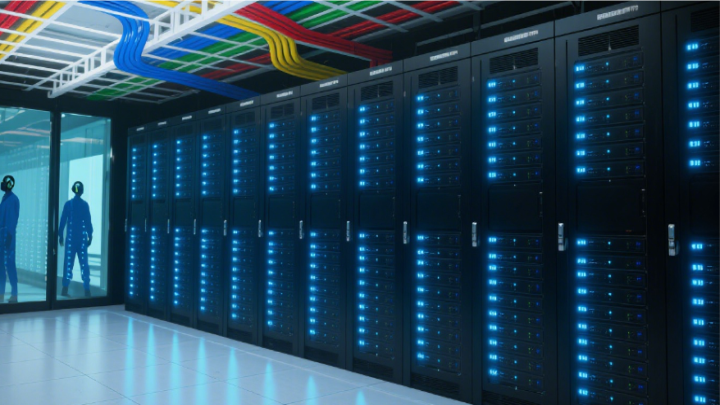Computer Centre
As the core hub of information storage, processing and transmission, the computer data center needs to meet the requirements of high stability, high security and efficient operation. It can be divided into three parts: infrastructure layer, IT core equipment layer and management and support system layer. All parts work together to ensure the continuous operation of the data center.
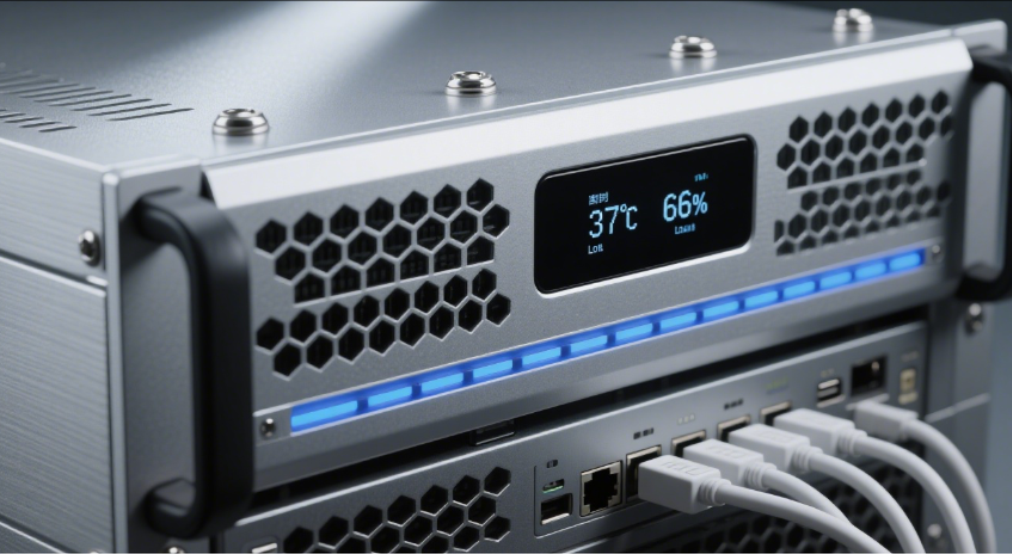
1. Infrastructure layer: the "physical cornerstone" of the data center
The infrastructure layer is the basic guarantee for the stable operation of the data center, covering the physical environment and supporting facilities that support the operation of IT equipment. It mainly includes the following parts:
Building and Spatial Design: Data center architecture must comply with specialized design standards including earthquake resistance, fire safety, and dust-proofing requirements. The facility is organized into functional zones: server rooms housing network equipment, power distribution areas for electrical installations, cooling zones for air conditioning systems, and maintenance staff offices. Through strategic zoning, these spaces achieve both functional segregation and optimized collaborative workflows.
Power Distribution System: This core component ensures uninterrupted power supply for IT equipment. It includes high-voltage distribution equipment (which receives electricity from the grid and performs initial distribution), transformers (converting high-voltage to low-voltage suitable for devices), low-voltage distribution cabinets (distributing power to individual units), Uninterruptible Power Supply (UPS) systems (providing temporary backup during power outages to prevent data loss), and backup generators (activating during prolonged power failures to maintain continuous power). For example, large data centers typically employ multiple generators with an "N+1" redundancy design (operating at N units during normal demand with one additional backup unit), effectively preventing single-point failures that could cause power interruptions.
Cooling System: IT equipment generates substantial heat during operation. Excessive temperatures can impair performance or even cause damage. The cooling system employs air conditioning units (such as precision air conditioners), cold air channels, and hot air channels to maintain data center temperatures within the optimal range of 18-27℃. Advanced data centers utilize either natural cooling (harnessing ambient cool air) or liquid cooling technology (direct server immersion in liquid coolant). These solutions not only enhance cooling efficiency but also reduce energy consumption.
Fire and Security Systems: The fire protection system includes smoke detectors, automatic extinguishing devices (such as gas fire suppression systems to prevent equipment damage from water-based firefighting), and alarm systems. The security system ensures physical space safety through access control (restricting entry to authorized personnel), surveillance cameras (monitoring real-time operations in the server room), and infrared detection (detecting unauthorized intrusions).
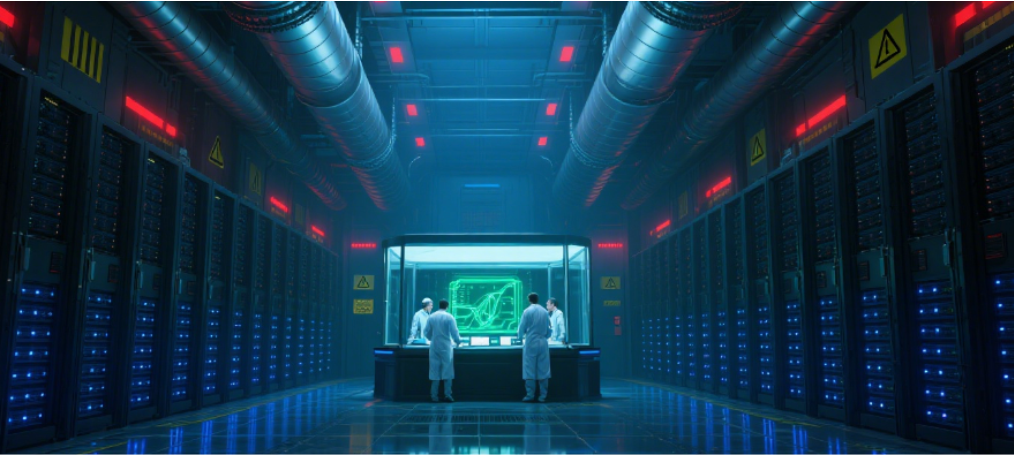
2. IT core equipment layer: the "core engine" of data processing
The IT core equipment layer is the core of data storage, processing and transmission in a data center. It directly undertakes business operation tasks and is mainly composed of the following devices:
Servers: As the "backbone" of data processing, servers handle various applications and computational tasks. They are categorized by function into general-purpose servers (meeting daily computing needs), storage servers (dedicated to data storage), and high-performance computing servers (for large-scale data analysis and scientific computations). For example, cloud computing data centers deploy numerous virtualized servers to enhance hardware utilization through resource pooling.
Storage devices: Designed for long-term data storage, including RAID (a technology that combines multiple hard drives to enhance storage capacity and data security), Storage Area Network (SAN) systems (which connect storage devices to servers via dedicated networks for high-speed data access), and Network Attached Storage (NAS) (using Ethernet connections for file-sharing scenarios). These devices must deliver high capacity, reliability, and fast read/write performance, with SSDs (Solid State Drives) being particularly effective in boosting data retrieval speeds.
Network equipment: Responsible for transmitting and exchanging data between devices and regions. This includes switches (connecting devices within the same network to enable data forwarding), routers (linking different networks such as internal data center networks with external internet), firewalls (filtering network traffic to block malicious attacks), and load balancers (diverting network requests to multiple servers to prevent single-machine overload). Large data centers typically adopt a "leaf-spine architecture" that enhances bandwidth and reliability through multi-path connections.
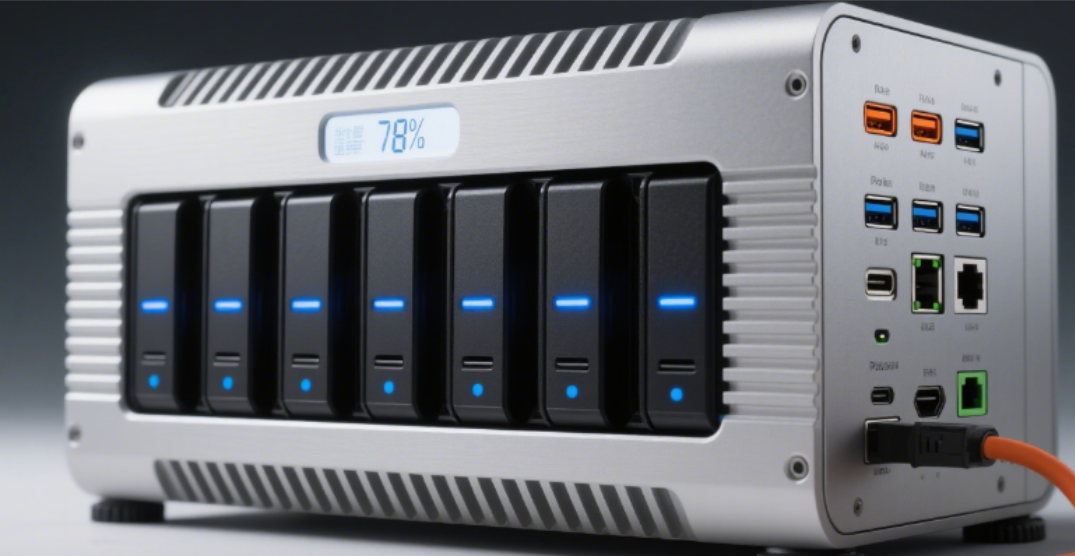
3. Management and support system layer: the "intelligent brain" of the data center
The management and support system layer monitors, schedules, and optimizes the data center through software and technical means to ensure efficient and coordinated operation of all devices. It mainly includes:
Monitoring System: This system collects real-time operational data from the data center, including CPU usage and memory occupancy of IT equipment, as well as power consumption, temperature, and humidity levels of infrastructure. The data is visualized through a dedicated platform. When anomalies occur (such as server overload or excessive temperatures), the system automatically triggers alerts to notify maintenance personnel for prompt resolution.
Operation and Maintenance Management System: This system encompasses equipment lifecycle management (including full-process documentation from procurement, deployment to decommissioning), fault management (automatically identifying causes and providing repair solutions), and resource scheduling management (allocating servers, storage resources, etc. based on operational needs). For example, automated O&M tools enable remote server deployment and configuration, significantly reducing manual operation costs.
Security Management System: Beyond physical security measures, it encompasses network security (such as intrusion detection systems and data encryption technologies) and data security (including backup and recovery mechanisms, access control systems). For instance, data centers regularly create backups and store them off-site to prevent data loss from local disasters. Additionally, they implement identity authentication methods like fingerprint recognition and password verification to restrict unauthorized access to sensitive data.
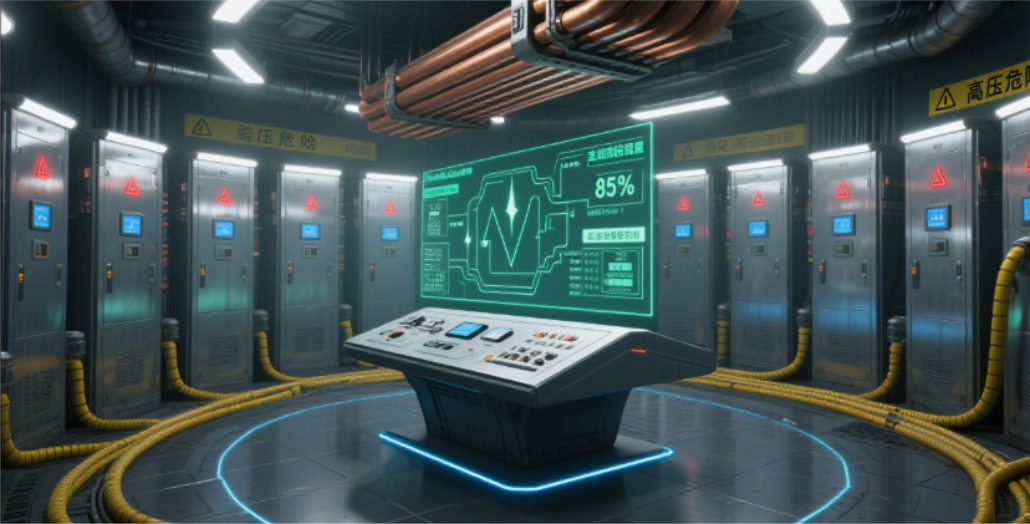
Collaborative relationships at all levels
The infrastructure layer provides a stable power supply and optimal temperature conditions for the IT core equipment layer. This core layer operates through the infrastructure to handle data processing and transmission tasks. The management and support system layer continuously monitors and optimizes both layers in real-time, promptly resolving operational issues. These three components are interdependent and indispensable, collectively forming a complete data center ecosystem that sustains the operation of digital services including internet, cloud computing, and big data applications
-
fibre-optical
Jul 22, 2025
-
Classified by control technology
Jul 22, 2025
-
Aliyun VS Baidu Cloud
Jul 19, 2025
-
Smart factory network cabling
Jul 19, 2025
-
Full analysis of wiring test tools
Jul 19, 2025
-
Enterprise network cabling
Jul 19, 2025
-
Can you do smart control without the Internet
Jul 19, 2025
-
Principle of whole house intelligent control
Jul 18, 2025
-
Specifications and functions of light modules
Jul 18, 2025
-
Fiber optic engineering
Jul 18, 2025
-
Common classifications and their specific types:
Jul 18, 2025
-
Parking fee system
Jul 14, 2025
-
Video face recognition big data system
Jul 14, 2025
-
Starlink is a low-orbit satellite launched by SpaceX
Jul 14, 2025
-
5G base station project
Jul 14, 2025
-
5G and Starlink overview
Jul 14, 2025
-
Internet Data Center (IDC)
Jul 11, 2025
-
Enterprise LAN solutions
Jul 10, 2025
-
Video transmission theory
Jul 10, 2025
-
Patented technology and marked RJ45 crystal head
Jul 10, 2025
-
Advantages and disadvantages of intelligent control
Nov 30, 2024
-
Video Streaming Data Center
Nov 30, 2024
-
Computer Centre
Nov 30, 2024

